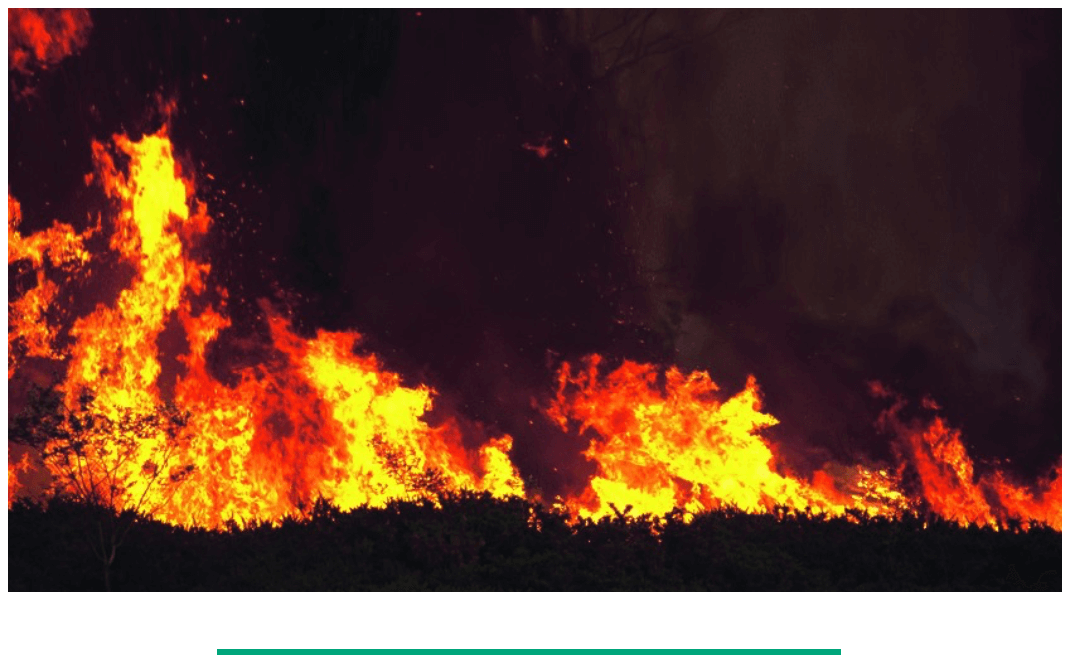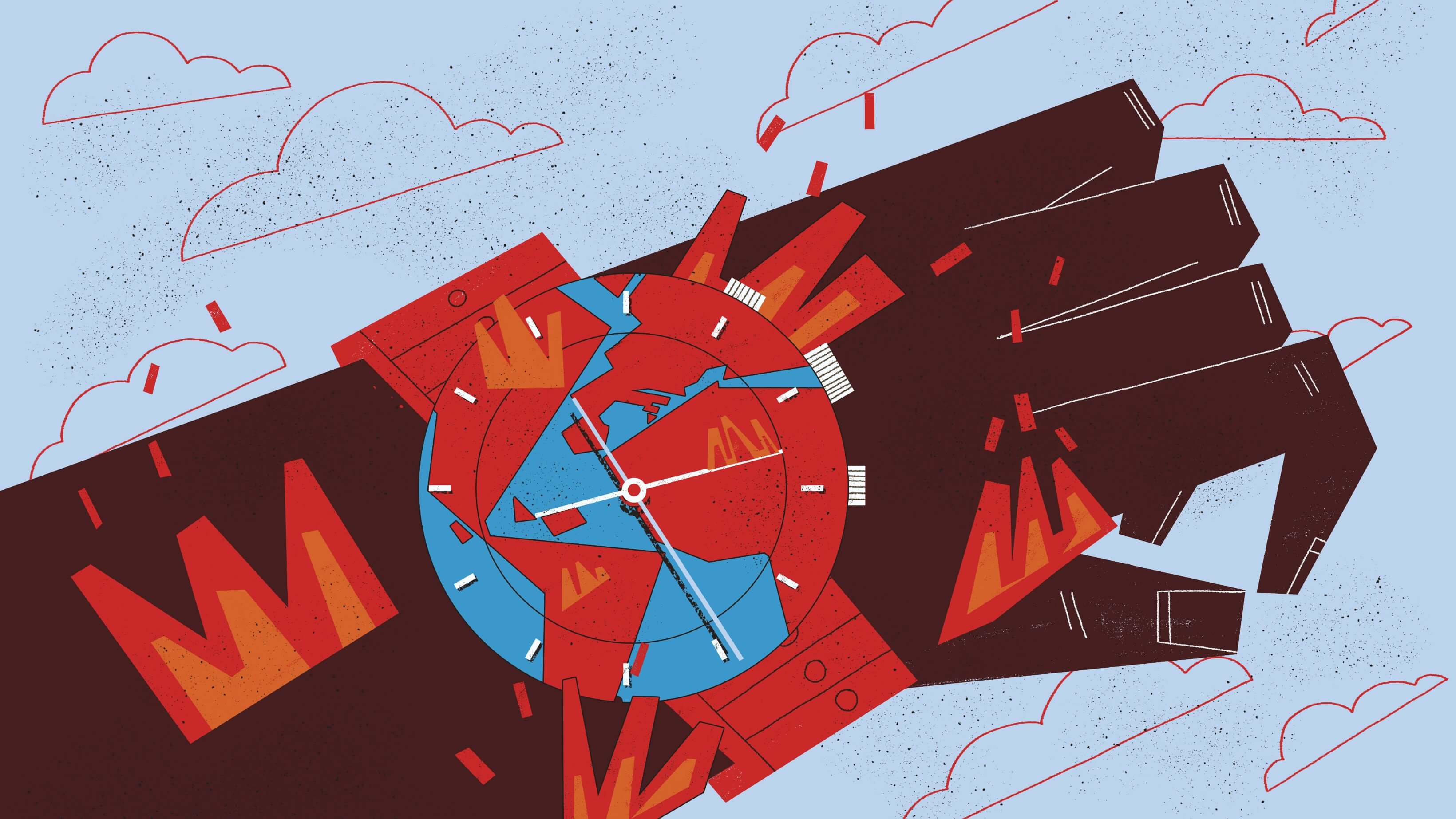Since 1910, Australia’s climate has warmed by approximately 1.44 degrees Celsius, resulting in an increasing number of heatwaves and raised fire danger. Moreover, all the major long-lived greenhouse gases in the atmosphere have continued to increase and are the highest they’ve been on Earth in over 2 million years, as stated in The Bureau of Meteorology and CSIRO State of the Climate 2020 report.
Late last year, Prime Minister Scott Morrison committed to getting Australia to net zero by 2050, before receiving a “very low” rating in the Climate Change Performance Index (CCPI) and coming last in the climate policy category – as, according to the report, “the experts believe that Australia has failed to take advantage of its potential, and other countries have outpaced it”.
With the spotlight increasingly on climate change as an important issue, the legal profession has experienced a surge in climate litigation as governments and corporations are held to account and urged to make meaningful changes to benefit the planet.
According to The Briefing Paper: Climate Change Litigation – Trends, Cases, and Future Directions, released by the Law Society of NSW in November last year, Australia has the second-highest level of climate change litigation activity in the world – second only to the United States. Additionally, the UNEP Global Climate Litigation Report: 2020 Status Review revealed that the number of climate litigation cases around the world has almost doubled over the last three years.
The role of litigation
General counsel for Greenpeace Australia Pacific Katrina Bullock said that the “rapid increase in climate litigation cases” has the potential to drive positive change and reshape government decisions.
“In countries like Australia, where the federal government has refused to commit to climate targets which would limit global warming to a range that is within the temperature goals outlined in the Paris Agreement, climate litigation is often viewed as a way to compel governments and corporate actors to implement stronger climate commitments,” she said.
“Climate litigation has the ability to fundamentally reshape the way governments and corporations perceive and respond to climate risks and opportunities.”
The rise in climate-related litigation means that the legal profession is, and will continue to be, heavily impacted by the climate crisis. According to a Climate Crisis Statement released by the International Bar Association in 2020, transactional disputes relating to a low-carbon economy will begin to increase in the coming years, with lawyers called in to represent the legal interests and rights of all sides. However, lawyers will also have a unique opportunity to help “shape climate policymaking” and have a leading role in strengthening the law and supporting responsible governance, added Ms Bullock.
“We are already witnessing an increase in the amount of advisory and transactional environmental legal work in the market as new renewable projects develop and companies who were traditionally built on the back of fossil fuel extraction seek to maintain their social license and follow demand into the low carbon markets. Alternative energy practices, regulatory affairs practices and practices which provide advice regarding climate risk reporting are booming,” she said.
“Firms who continue to service the fossil fuel industry, particularly where their clients are not implementing meaningful transition plans, could see this having an impact on business with non-energy clients. Moreover, such law firms may find themselves the face of the ‘big polluter’ in very public litigations, defending their client against allegations of climate change induced human rights abuses or greenwashing.”











